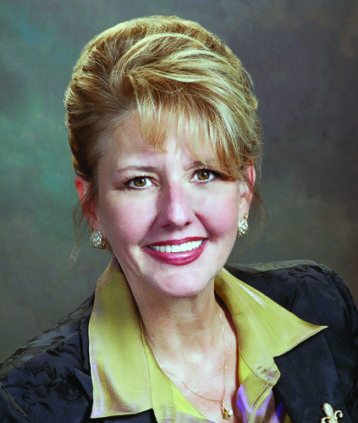Trends in ... women’s PPE
‘One size doesn’t fit all’

Personal protective equipment for women should be based on women’s sizes – not men’s. Why is this important? Because PPE that doesn’t fit correctly won’t adequately protect female workers. To learn more, Safety+Health spoke with Melissa Black, CSP, president of MsR3 LLC and adjunct faculty member at Columbia Southern University, about the trends she’s seeing in PPE for women.
Safety+Health: Have you seen any recent innovations in women’s PPE?
Melissa Black: As the discussion surrounding gender shifts in the workplace, so should our terminology and thinking. There have been great strides in designs that address the anatomical and physiological factors that impact stress points during challenges – such as falls and suspension – or daily wear and proper fit. These improved designs mitigate trauma for many areas of the body. Historically, as PPE has evolved, each redesign addresses comfort as well as protection.
S+H: What do you wish employers and workers better understood about women’s PPE?
Black: Just as we embrace the idea in ergonomics that one size does not fit all, we should embrace the same rationale for PPE. As with many job hazard analyses and corrective solutions, employees should be included in the conversation. Subjective and objective data on how workers feel – as well as perceive risks, hazards and protections afforded from their PPE – are imperative for long-term improvement of production, performance and compliance. Training and education on the proper use, care, storage and inspection of PPE are all critical items for hands-on ownership. As with other aspects of safety, a cultural shift that truly impacts daily habits requires reinforcement from the top down to be successful and, ultimately, a personal decision to incorporate these elements into each person’s core beliefs.
S+H: What are some of the challenges regarding women’s PPE?
Black: System compatibility and the complexity of newly engineered designs are among the most common challenges for PPE. Creating awareness of the new designs that address various body types is still a work in progress. Written policies and programs are becoming more commonplace, but they are still lacking in many organizations. The challenges of speaking up and having honest discussions on form, fit and choice are complex for the end user and the supplier. Effective communication is a hurdle that has yet to be overcome.
S+H: What is on the horizon for women’s PPE?
Black: As with all PPE, personalization and comfort enhancements will continue to improve. Smart devices will continue to improve our system of checks to ensure the correct operability, inspections, infiltration and stress/wear points using audible or visual alarms. We can expect to continue seeing these advances in the future. The challenge will be to simplify complexities for proper use, as well as to encourage all employees to embrace these advancements. With the continuous improvements of PPE, this is necessary and inevitable.
Compiled with the assistance of the International Safety Equipment Association
Coming next month:
- Plant safety
- Safety tools
Post a comment to this article
Safety+Health welcomes comments that promote respectful dialogue. Please stay on topic. Comments that contain personal attacks, profanity or abusive language – or those aggressively promoting products or services – will be removed. We reserve the right to determine which comments violate our comment policy. (Anonymous comments are welcome; merely skip the “name” field in the comment box. An email address is required but will not be included with your comment.)

